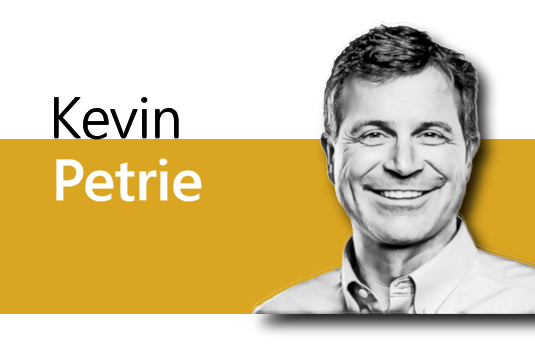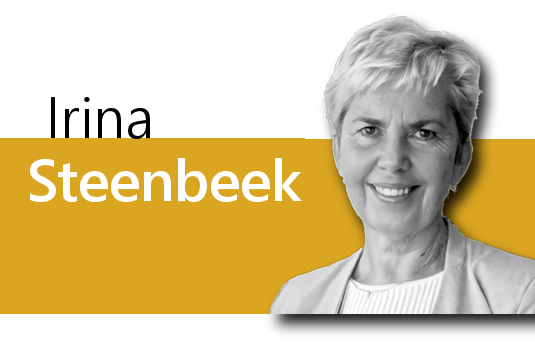
When Smart Gets in the Way
The more confident you are in your logic, the harder it is to hear someone else’s.
Tech teams are full of brilliant people. Experts who solve problems fast, think analytically and back up their decisions with data.
But that brilliance can become a blind spot.
According to our April 2025 report, 84 percent of tech professionals say perspective-taking is critical, yet 25 percent struggle to reconcile conflicting viewpoints. More telling still: 29 percent believe their own perspective is generally the most effective, even on diverse, cross-functional teams.
That’s not a personality flaw. It’s a byproduct of success. The more experience you have, the more likely you are to default to your own framework, especially under pressure. And in an industry where speed and precision are rewarded, that habit is hard to break.
But if your team can’t slow down enough to think through each other’s logic, no amount of technical talent will save you from friction, rework, or stalled innovation.
What Perspective-Taking Actually Means
Let’s make this concrete. Perspective-taking isn’t about being agreeable or empathetic. It’s about intentionally shifting your mental model to understand how someone else sees the problem, even if you think they’re wrong.
In tech, that might look like a backend developer recognizing that a front-end “ask” isn’t fluff but a request that is grounded in actual user pain. It might be a product manager understanding why the security team is pushing back (and that it’s not just obstructionism). Or, it might be a VP of engineering stepping back to see why a newer team member’s unconventional suggestion might be worth exploring.
You don’t have to agree. But you have to do the work to understand.
Why It’s Hard—Especially in Tech
The tech industry selects smart, decisive thinkers. That’s good. But that same decisiveness can make people resistant to other viewpoints. In fact, the very qualities that make someone a strong individual contributor (e.g., confidence, clarity, bias for action) can make them a difficult collaborator when thinking gets complex.
Our report found four key frictions:
- Belief in the superiority of one’s own perspective (29 percent)
If your logic usually works, why bother trying to see someone else’s? - Difficulty reconciling diverse viewpoints (25 percent)
When things get messy, many people retreat to what they know—fast. - Limited exposure to diversity in thought or background (19 percent)
Homogeneous teams don’t just look the same—they often think the same. - No time to slow down and understand each other (18 percent)
Perspective-taking takes time. And that feels like a luxury in fast-moving teams.
What It Looks Like When Teams Get This Right
The payoff isn’t theoretical—it’s operational. Decisions stick because they were stress-tested from multiple sides. Execution is faster because people understand each other’s goals. And, risk is reduced because blind spots get caught early.
In high-functioning teams, you’ll hear phrases like: “What’s the logic behind your push for this approach?” “What trade-offs are you optimizing for?” “Let me try to articulate your position before I respond.”
That’s not overthinking. That’s advanced collaboration.
How to Build this Skill Without Slowing Everything Down
Perspective-taking can be folded into daily work through a few sharp tactics:
- Start with “steelmanning”. Before you counter someone’s idea, restate it as clearly and generously as possible. It forces actual understanding—and often improves your own thinking.
- Ask what they’re solving for. When someone suggests something that seems off, ask: “What’s the core problem you’re addressing?” You might discover the disagreement is about scope, not substance.
- Change who defines the problem. In project kickoffs, rotate who frames the issue. A customer support rep or QA lead might surface constraints no one else sees.
- Normalize pausing for clarity. In meetings or async threads, give space to ask: “Are we seeing this the same way?” That small moment can prevent hours of misaligned execution.
Why This Isn’t Optional Anymore
The more interconnected your systems, teams, and goals become, the more damaging it is to operate in silos of thought. Perspective-taking accelerates trust, sharpens problem definition, exposes edge cases before they become outages, and makes feedback land and stick.
And critically, it lowers the hidden cost of conflict. The misunderstandings, passive resistance, and relitigated decisions that quietly waste time and morale.
Without perspective-taking the loudest voice dominates even if it’s misinformed. Diverse ideas are lost in the rush to align. Junior or less confident voices stay silent. Over time, your team gets stuck solving the same problems the same way—while competitors think differently and move past you.
The Takeaway
Being smart isn’t enough. Being right isn’t enough. If you can’t take in how other people see the problem, your best thinking might be limiting your team and your career.
Want to help your team develop perspective-taking—and the other essential soft skills that drive high-performance collaboration in tech? Connect with Skiilify today.
Click here to download the report: AI Won’t Replace You, But Lack of Soft Skills Might: What Every Tech Leader Needs to Know and watch the companion webinar here.

 - by
- by





